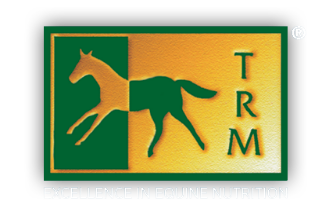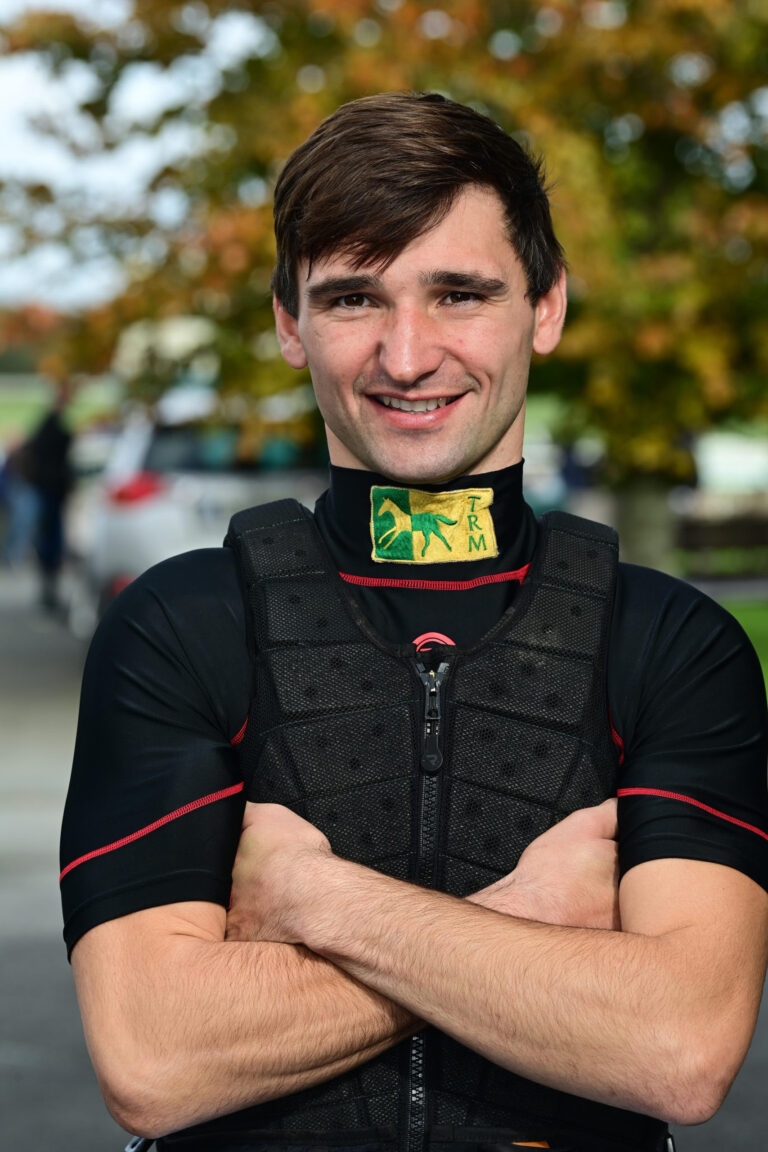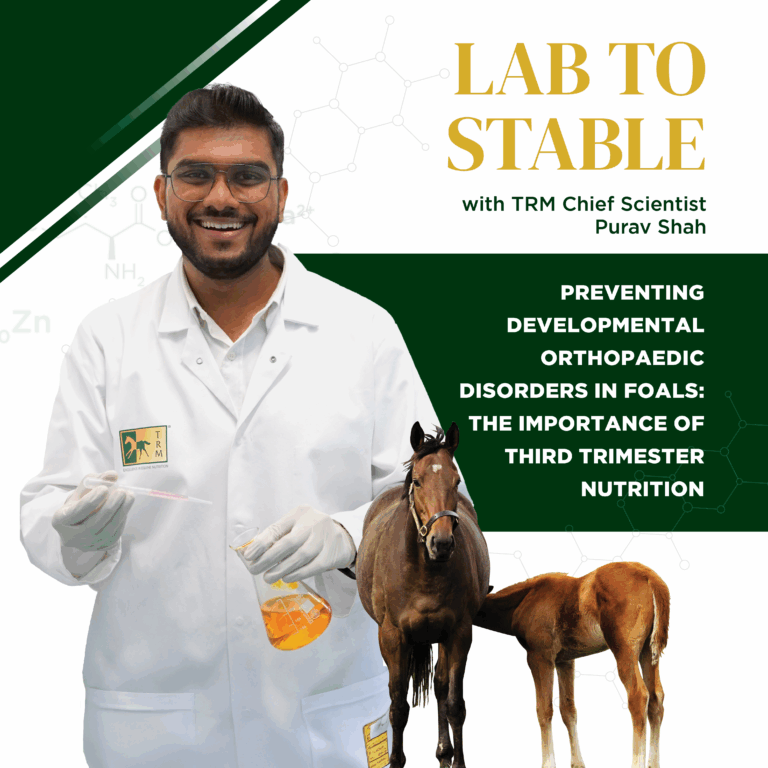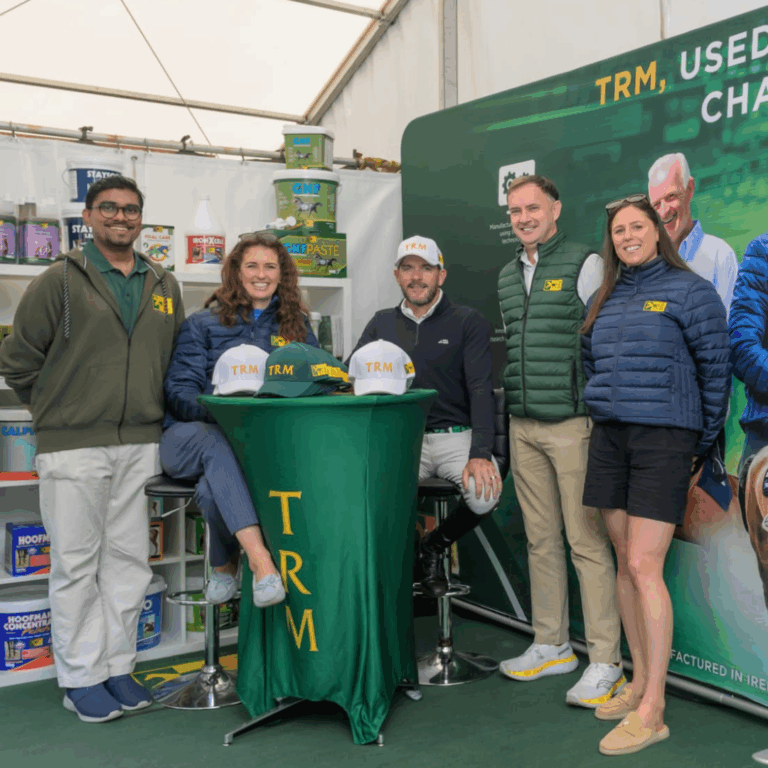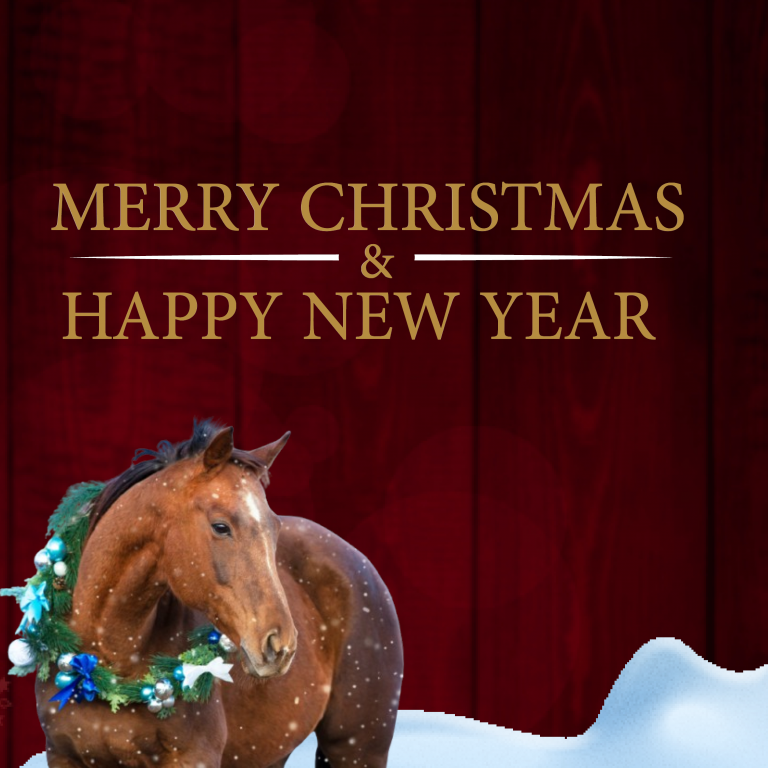A Step Ahead: Connecting Artificial Intelligence (AI) and Equine Nutrition for Stronger Hooves
By TRM Chief Scientific Officer Purav Shah (M.Sc. (Hons), B. Pharm)
Hoof health is a cornerstone of a horse’s performance, welfare, and overall soundness. Conditions such as laminitis, white line disease, sole bruising, and chronic underrun heels can compromise movement, disrupt training, affect competition readiness, and limit a horse’s long-term use. In recent years, advances in imaging, sensor-based monitoring, and Artificial Intelligence (AI) have opened a new frontier in early detection and proactive management of hoof and gait-related issues. These technological developments also have important implications for equine nutrition, since the hoof is a metabolically active structure whose integrity relies not only on farriery and environment but also on diet.
The Rise of AI and Imaging in Hoof Monitoring
Recent developments in computer vision and motion analysis allow subtle changes in gait and hoof health to be detected long before they are noticeable to the human eye:
- AI gait analysis: Deep learning algorithms can now analyse video footage of horses walking and trotting, accurately identifying which leg may be affected and detecting early lameness (Feuser et al., 2022).
- Sensor-based monitoring: Wearable devices, such as HorseCare’s sensors, track stride length, balance, and weight distribution in real time. They alert riders or veterinarians to asymmetries that could otherwise lead to injury.
- Imaging diagnostics: Companies like Vetel Diagnostics are developing AI-assisted radiographs and hoof-photo analysis tools that highlight subtle bone or hoof-capsule changes, often before they are visible to the naked eye.
These technologies are shifting hoof care from a reactive approach—treating problems after lameness appears to a preventive model, allowing intervention while issues are still reversible.
The Nutrition Connection
The link between hoof health and nutrition is well established. Several nutrients are critical for maintaining hoof horn (keratin), sole integrity, wall strength, and overall growth. For example, research shows that biotin supplementation of roughly 15–30 mg per day can improve hoof horn quality, though visible changes often take 6–9 months. Other key nutrients include amino acids (lysine, methionine), trace minerals (zinc, copper), fatty acids, and vitamins.
When digital diagnostics detect gait asymmetry or hoof imbalance, it serves as an early warning that hoof integrity may be at risk. This allows nutritionists to make timely adjustments, optimizing the horse’s diet to support hoof health before problems develop.
Implications and Challenges
As digital diagnostics become more widely adopted in equine care, several factors will influence their effectiveness:
- Data integration: AI and imaging systems should ideally connect with nutrition and farriery records, so that hoof alerts automatically trigger diet reviews.
- Targeted intervention: Nutritionists must respond to alerts with specific supplementation or ration adjustments, rather than generic feed changes.
- Adoption barriers: These tools require investment, training, and seamless integration into existing care routines.
- Long-term monitoring: Since hoof improvement typically takes 9–12 months, consistent tracking is far more valuable than occasional checks.
- Research needs: While AI-based imaging and gait analysis show great promise, more studies are needed to link diagnostic findings directly with nutrition outcomes.
Real progress will come when veterinarians, farriers, and nutritionists collaborate to translate technology into healthier, stronger hooves.
Conclusion
AI and imaging are transforming hoof and gait monitoring in horses, enabling early detection of risk rather than waiting for visible lameness. For equine nutrition, this presents an opportunity to act proactively: diagnostic alerts can guide precise adjustments in trace minerals, amino acids, vitamins, and forage quality, helping to prevent hoof pathologies, support
soundness, and enhance both welfare and performance. As these technologies become more accessible in equestrian practice, the interplay between hoof-health monitoring and precision nutrition is likely to become a key pillar of advanced hoof care and performance management.
To support stronger hoof regeneration and overall hoof integrity, explore TRM’s Hoof Care range — including Hoofmaker Concentrated Pellets and Hoofmaker Sachets, formulated with biotin, zinc, copper, and essential amino acids to promote healthy hoof growth and resilience.
